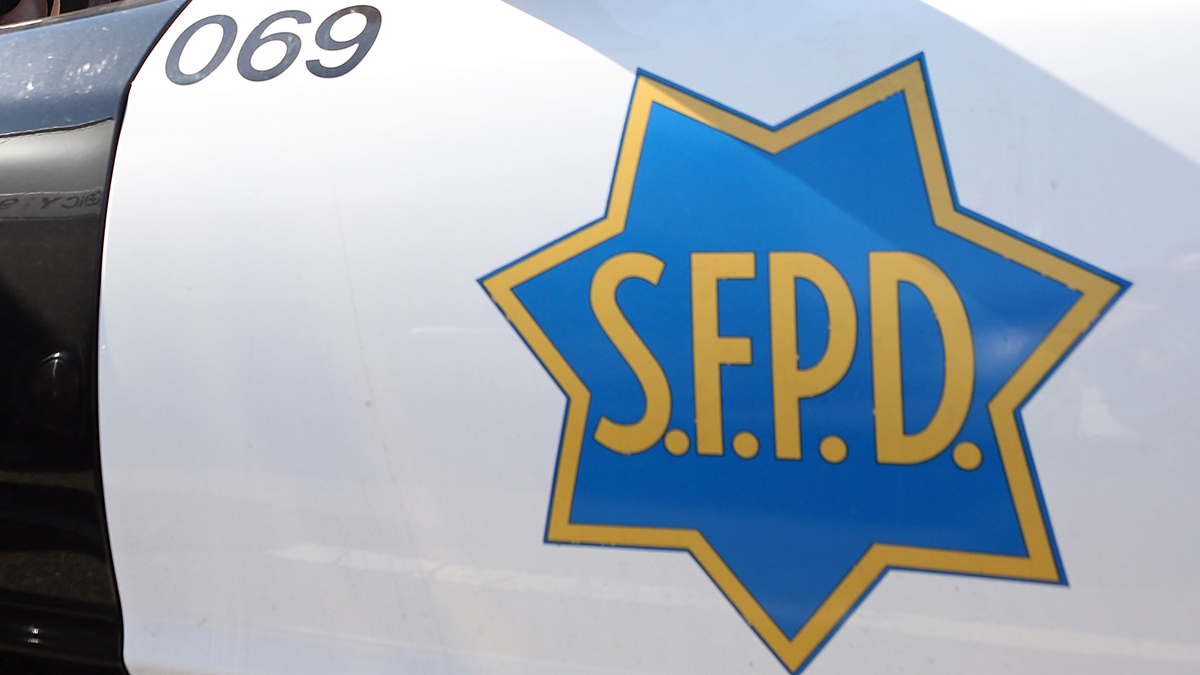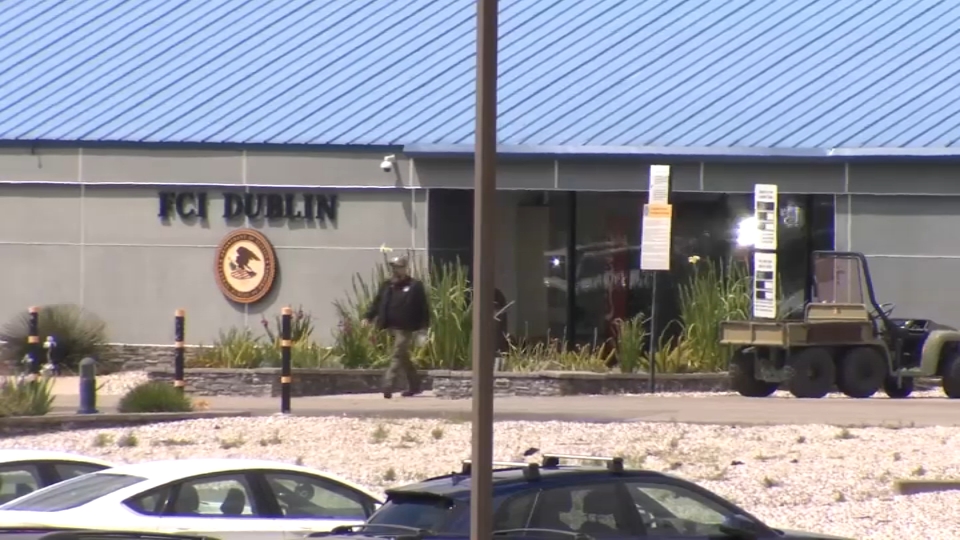The San Francisco police commission Wednesday night gave final approval to a use of force policy that bans the use of carotid restraints and firing at moving vehicles despite continued resistance from the police union.
The commission voted unanimously to approve the policy after a discussion that included a heated last-minute debate over a motion to continue to allow the use of carotid restraints, a type of hold that stops blood flow to the brain.
Critics have said the carotid restraint can turn into a chokehold, leading to death or injury if improperly applied. Police officials have argued that the hold is an essential tool, especially for smaller officers.
Commissioner Julius Turman introduced a motion to allow the use of carotid restraints until officers could be provided with other choices, based in part on a demonstration of the hold provided to the commission during closed session.
Some commission members argued that officers did not have enough alternatives to the use of firearms in some circumstances, a view backed up by acting Police Chief Toney Chaplin.
"What option does an officer have in a small room, when you cannot use a baton and you cannot use pepper spray because you'll spray yourself?" Chaplin said. "I'm thinking of a small room like an SRO, what tool can you use in a small room when you're fighting for your life?"
The motion, however, drew heated opposition from Commissioner Petra DeJesus, who said she felt "sandbagged" by its last minute introduction, and from community members who saw the reference to other alternatives as a veiled reference to Tasers.
Local
San Francisco residents have actively fought the introduction of Tasers on previous occasions and the topic remains so touchy that it was excluded from the current policy altogether in an effort to avoid getting bogged down.
Ultimately, the motion was voted down 4-3, with commission President Suzy Loftus and Turman among those voting against it.
The policy also includes a ban on shooting at moving vehicles opposed by the San Francisco Police Officers Association, which has argued that officers need the flexibility to respond to incidents in which a terrorist or attacker might use a vehicle as a weapon to drive into a crowd.
The commission and the union reached an impasse on the issue in October after four months of negotiations, and the union has since resorted to television ads to argue its case to the public.
Loftus, who was targeted in the ads, tonight introduced language in the policy's preamble intended to make it clear that incidents would be reviewed on a case-by-case basis.
"There is a strict ban in this policy on shooting at cars and there is also an awareness that we cannot predict every situation that officers may face," Loftus said.
The updated use of force policy, the department's first since 1995, is the result of a process launched shortly after the December shooting of Mario Woods in San Francisco's Bayview District.
In its aftermath, department critics called for policies emphasizing de-escalation tactics and then-Police Chief Greg Suhr and Mayor Ed Lee promised that officers would be encouraged to create "time and distance" when dealing with armed suspects. They also launched a collaborative review process with the U.S. Department of Justice, which resulted in October in a report with 479 recommendations for reforming the San Francisco Police Department.
The bans on shooting at moving vehicles and on carotid restraints are both recommended by the Department of Justice.
Police union officials did not respond to a request for comment Wednesday night.



